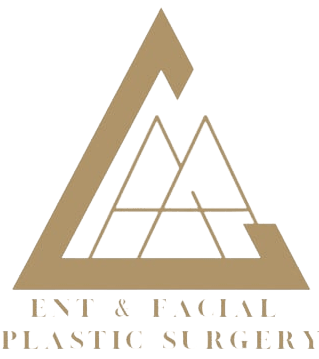
FAQ's
- What is Endolift?
Endolift is a minimally invasive laser-based treatment manufactured by leading laser experts Eufoton®, and utilises the LASEmaR® 1500 device. It is designed to tighten skin, reduce localised fat, and stimulate collagen production. - How does it work?
The wavelength of LASEmaR® 1500 is specifically designed to selectively target the two main components in the human body: water and fat. Firstly, laser energy is administered via an ultra-thin fibreoptic wire passed under the skin just like a needle, with no incisions required. In result, this process tightens the skin and activates the skin’s production of new collagen to create a firmer, softer skin appearance. - What areas can be treated?
Endolift can treat areas such as the lower face, jawline, neck, and other body parts including the abdomen, thighs, and arms. - Is Endolift treatment safe?
Yes, Endolift is a safe procedure when performed by a qualified medical professional. It is a certified and FDA-approved laser treatment that is minimally invasive. - What are the benefits of Endolift?
Benefits include non-surgical skin tightening, fat reduction, improved skin texture, and a more youthful appearance without the need for invasive surgery. - What can I expect during the procedure?
During the procedure, an ultra-thin fibreoptic wire is inserted under the skin to deliver laser energy. You might feel a warming sensation, but local anaesthesia is typically used to ensure comfort. - How long does the procedure take?
The procedure usually takes between 30 minutes to an hour, depending on the size of the treatment area. - What is the recovery time?
Recovery is minimal, with most patients resuming normal activities within a few days. Some swelling, bruising, or redness may occur but typically resolves within a week. - When will I see results?
Initial results are often visible immediately after the treatment, with further improvements developing over the following months as collagen production increases. - How long do the results last?
Results can last several years, although this varies depending on individual skin type, ageing process, and lifestyle. Periodic maintenance treatments may be recommended. - Are there any side effects?
Possible side effects include mild swelling, bruising, and temporary redness at the treatment site. These are usually short-lived and resolve within a few days. - Who is a good candidate for Endolift?
Ideal candidates are those with mild to moderate skin laxity and localised fat deposits who prefer a non-surgical approach to skin tightening and fat reduction. - How does Endolift compare to other skin tightening treatments?
Endolift is less invasive than surgical options like a facelift and has a quicker recovery time. It also provides more substantial results than non-invasive treatments such as radiofrequency or ultrasound. - Can Endolift be combined with other treatments?
Yes, Endolift can be combined with other cosmetic procedures, such as dermal fillers or Botox, to enhance overall results. Your practitioner can provide a tailored treatment plan to meet your specific needs.
1. What is Rhinoplasty?
Rhinoplasty, commonly known as a nose job, is a surgical procedure that reshapes the nose to improve its appearance or function. It can alter the size, shape, or proportions of the nose, or address issues such as breathing difficulties.
2. Why might someone consider rhinoplasty?
People choose rhinoplasty for various reasons, including:
- Cosmetic enhancement (e.g., altering the nose size, shape, or symmetry).
- Correcting structural issues (e.g., deviated septum or nasal obstruction).
- Reconstructive purposes following injury or surgery.
3. What does the procedure involve?
Rhinoplasty involves making incisions either inside the nostrils (closed technique) or across the columella (the strip of tissue between the nostrils, open technique). The surgeon then reshapes the nasal bones and cartilage to achieve the desired outcome. The procedure can be performed under general anaesthetic.
4. How long does the surgery take?
The duration of Rhinoplasty varies based on the complexity of the procedure but usually lasts between 1.5 to 3 hours.
5. What is the recovery process like?
- Initial Recovery: Swelling and bruising are common and may last for up to two weeks. You might also have nasal packing or a splint.
- Pain Management: Mild discomfort can be managed with prescribed pain medications and over-the-counter pain relievers.
- Activity: Rest and avoiding strenuous activities are crucial. Most people can return to work or school within 1-2 weeks, but full recovery and final results can take several months.
6. How can I prepare for rhinoplasty?
Preparation involves:
- Consultation: Discuss your objectives and expectations with your surgeon during the initial consultation.
- Medical History: Provide comprehensive details about your medical history, allergies, and current medications.
- Pre-Surgery Instructions: Follow all pre-operative guidelines, including avoiding certain medications and smoking.
- Post-Surgery Planning: Arrange for transportation home and assistance with post-operative care.
7. What should I expect in terms of results?
You will notice initial changes immediately, but the final shape of your nose will become apparent only after the swelling subsides. It can take several months for the final results to fully develop.
Enquiries and Appointments
We appreciate your interest in AA ENT. Please take a moment to fill out the form below with your details and any enquiries. Your questions are important to us, and we are committed to providing you with the highest level of care and information. Your satisfaction is our top priority. Thank you.
